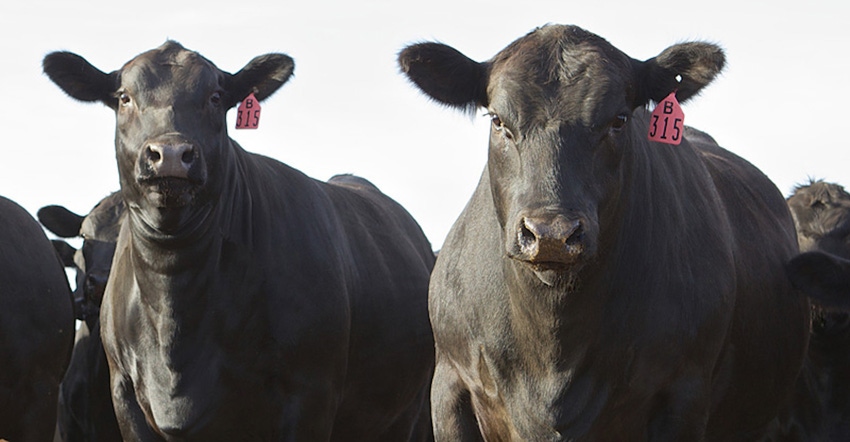Managing heavyweight cattle
The domino effect: dealing with the backlog of heavyweight cattle in the feedyard
August 26, 2020

Sponsored Content
The surplus of cattle in U.S. feedyards is just one of the many consequences of the COVID-19 outbreak. Meat processing and packing plants have suffered closures due to worker illness and the need for plant modifications such as workstation dividers, and the acquisition of personal protective equipment, which continues to prevent feedyards from moving cattle on time. Another complication was the requirement to quickly change the type of output to meet the increase in meat going to grocery stores rather than restaurants. Fortunately, cattle slaughter numbers have recovered and time will tell when the industry is able to harvest the cattle it was unable to and the movement of cattle is again current.
Read on to learn more about the consequences of the backlog and some ways to manage it.
Scrambling for an alternative source of protein and energy
Ethanol plants shut down or reduced output leading to a shortage of wet distiller’s grains across the Midwest and Great Plains. Contractual arrangements had to be cancelled, so feedyards have had to quickly find suitable replacement feed sources. Common substitutions include corn for energy and oilseed meals, such as soybean meal, cottonseed meal and canola meal, for protein. As rations are updated, re-evaluate your Rumensin® levels to maintain production efficiency and to help cattle acclimate and transition to new feedstuffs.
No forewarning, no crystal ball
There was no opportunity to plan for the inability to ship cattle out of the feedyard on time, so there were an estimated 1 million head of cattle being held up to 60 days or longer than normal. Because we don’t yet understand the duration of immunity for COVID-19, there could continue to be some plant closures due to illness and quarantine. Even if all plants can run at full capacity, there’s still an effect on the flow of cattle. Unusual conditions like this make it difficult to determine which strategies will be most successful. Elanco technical consultants are ready to help answer questions and find solutions for you.
Dealing with the effects of the extra pounds
Because these cattle are heavier, older and fatter, issues we don’t normally encounter may arise. And because fat acts as insulation, animals can’t dissipate heat and can suffer from heat stress. Moving cattle during cooler parts of the day with extra care and giving them more time can help minimize the risks.
There is also an impact on the efficiency and economy of weight gain. For example, it takes a lot more feed for a 1,700 lb steer to maintain let alone gain weight than a 1,400 lb steer. The longer they’re held, the more expensive it becomes because cattle are converting more feed into fat than high-quality protein and fat requires more energy. And even though there are more pounds to sell at a higher quality grade, the poorer yield grade could result in substantial discounts being applied.
Staying the course
Because the situation is so uncertain, the best thing to do for now is pay attention to the little details, but push pause on making big decisions. Elanco continues to work closely with its customers to monitor and analyze data to find opportunities for improvement…and there will be opportunity.
Talk to your Elanco technical consultant or sales representative to discuss options for managing your heavyweight cattle.
The label contains complete use information, including cautions and warnings. Always read, understand and follow the label and use directions.
CAUTION: Consumption by unapproved species or feeding undiluted may be toxic or fatal. Do not feed to veal calves.
Cattle fed in confinement for slaughter
For improved feed efficiency: Feed 5 to 40 g/ton (90% DM basis) continuously in a complete feed to provide 50 to 480 mg/hd/d.
For the prevention and control of coccidiosis due to Eimeria bovis and Eimeria zuernii: Feed 10 to 40 g/ton (90% DM basis) continuously to provide 0.14 to 0.42 mg/lb of body weight/d, depending upon severity of challenge, up to a maximum of 480 mg/hd/d.
Rumensin, Elanco and the diagonal bar logo are trademarks of Elanco or its affiliates.
© 2020 Elanco.
PM-US-20-1512
About the Author(s)
You May Also Like



